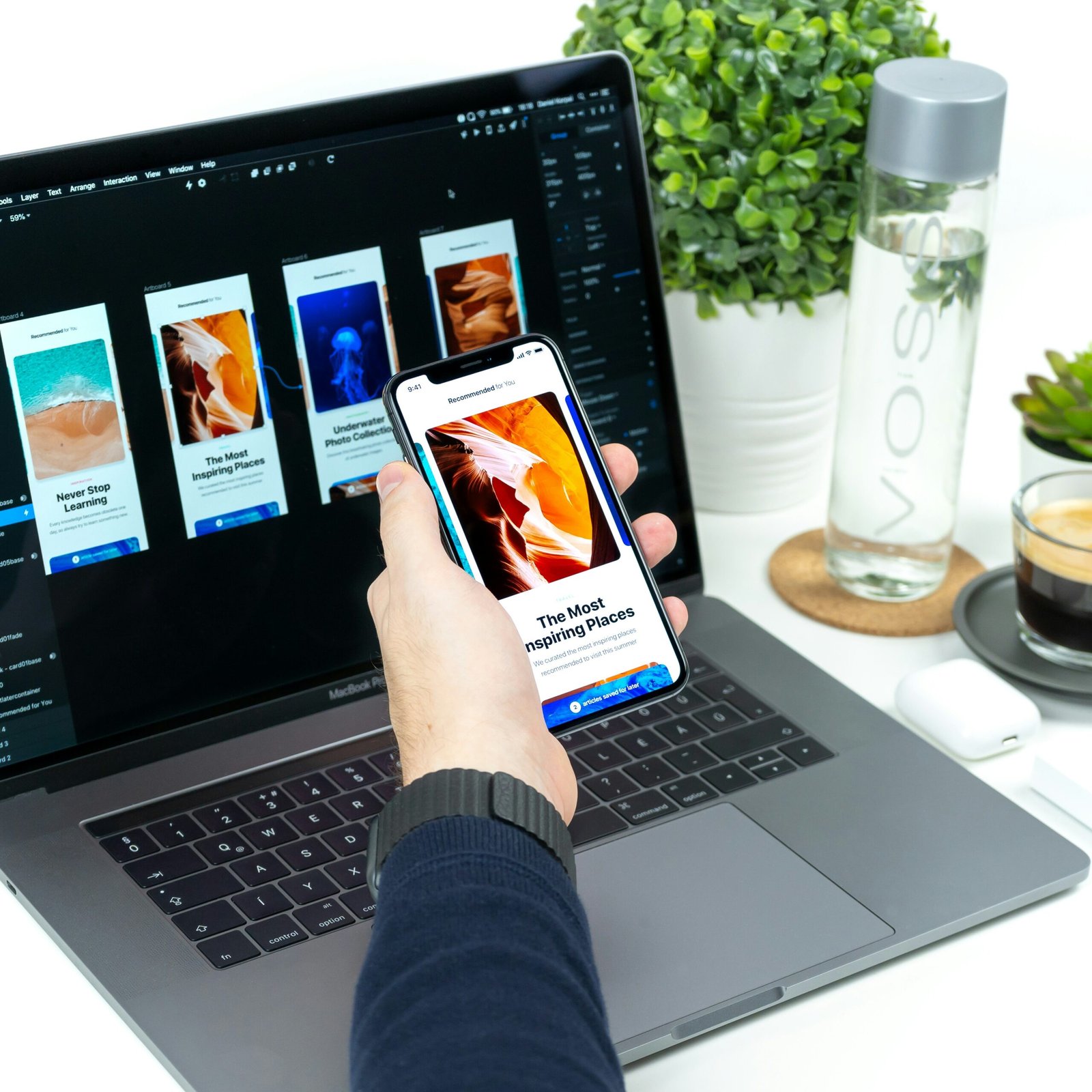Introduction
When it comes to creating successful user experiences, conducting thorough research is essential. UX research methods provide valuable insights into user behaviors, needs, and preferences, helping designers and developers make informed decisions. In this article, we will explore some key UX research methods, discussing how and when to use them.
User Interviews
User interviews involve one-on-one conversations with users to gather in-depth information about their experiences, opinions, and needs. These interviews can be conducted in person, over the phone, or through video calls. User interviews are most effective during the early stages of a project when you need to understand user motivations and pain points.
Surveys and Questionnaires
Surveys and questionnaires are useful for collecting quantitative data from a large number of users. They can be distributed online or in person, and they allow you to gather information about user demographics, preferences, and satisfaction levels. Surveys and questionnaires are beneficial when you need to gather data quickly and efficiently.
Usability Testing
Usability testing involves observing users as they interact with a product or prototype. This method helps identify usability issues and provides insights into user behavior. Usability testing can be conducted in a controlled lab environment or remotely. It is best used during the design and development stages to ensure that the product meets user needs and expectations.
Card Sorting
Card sorting is a method used to understand how users categorize information. Participants are given a set of cards with different pieces of information and are asked to group them in a way that makes sense to them. Card sorting can be done in person or online. This method is particularly useful when designing information architecture and navigation systems.
Eye Tracking
Eye tracking technology allows researchers to understand where users are looking on a screen or webpage. This method provides insights into visual attention and can help optimize layouts and designs. Eye tracking studies are typically conducted in a controlled lab environment and require specialized equipment. They are best used when analyzing visual elements and optimizing user interfaces.
Contextual Inquiry
Contextual inquiry involves observing users in their natural environment while they perform tasks related to the product or service being studied. This method helps researchers understand the context in which users interact with a product and provides insights into their needs and pain points. Contextual inquiry is most effective when conducting field research and gathering real-world insights.
Prototype Testing
Prototype testing involves gathering feedback on a functional or interactive prototype. This method allows users to interact with a realistic representation of the final product and provides valuable insights into usability and user satisfaction. Prototype testing can be done in person or remotely and is best used during the iterative design process to refine and improve the product.
Analytics and Data Analysis
Analytics and data analysis involve analyzing user data collected from various sources, such as website analytics tools and user tracking software. This method provides insights into user behavior, patterns, and trends. Analytics and data analysis are ongoing processes that help monitor and optimize the user experience over time.
Conclusion
By utilizing these key UX research methods, designers and developers can gain valuable insights into user behaviors, needs, and preferences. User interviews, surveys, usability testing, card sorting, eye tracking, contextual inquiry, prototype testing, and analytics and data analysis all play a crucial role in creating user-centered experiences. Understanding how and when to use these methods can greatly enhance the success of any UX design project.






Leave a Reply